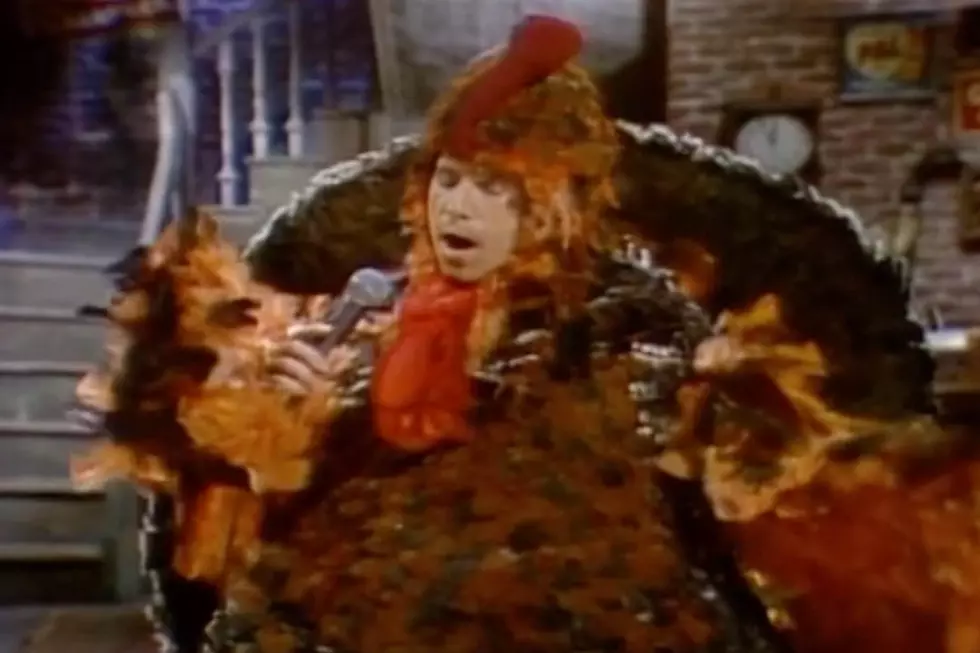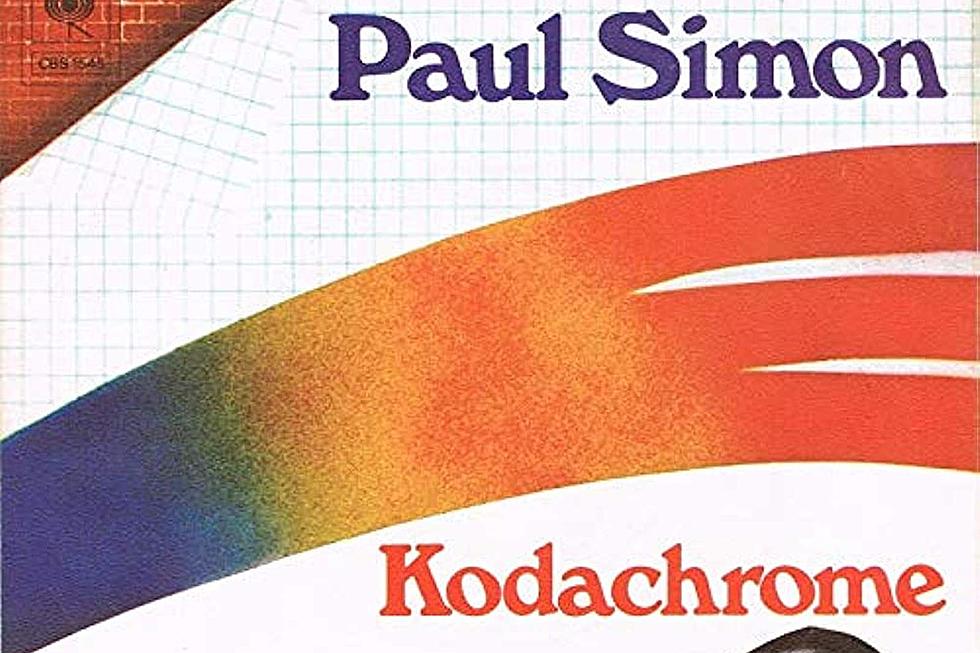
Top 10 Paul Simon Songs
Paul Simon's solo songs are as much defined by his growth as a singer-songwriter as they are by the last couple of years of Simon and Garfunkel. It was on Bookends and Bridge Over Troubled Water where Simon first started treating the studio like a playground and experimenting with music outside of America's borders. He's continued along both of these paths throughout his long career – from the island sounds of his first solo single, "Mother and Child Reunion," to the South African explosion of Graceland to 2012's deftly rendered So Beautiful or So What. It's a trademark among the Top 10 Paul Simon songs.
- 10
'The Afterlife'
From 'So Beautiful or So What' (2011)Here's what we learn from the second single on Simon's best album in 20 years: Even in death, he's one horny dude. In addition to running down the rules of a heaven, which makes it sound an awful lot like the DMV ("You gotta fill out a form first, and then you wait in the line"), he hits on a woman with a pickup line you'd never hear in a bar: "By the way, how long you been dead?" It's a clever song, backed by a gently rolling shuffle that earns the oldies shout-out that comes at the end.
- 9
'The Boy in the Bubble'
From 'Graceland' (1986)Really, almost any of the songs on the groundbreaking Graceland album could make this list of the Top 10 Paul Simon songs. We've included three of them, starting with the LP's opening track, a wonderland filled with lyrical alliteration, nightly news imagery and Forere Motloheloa's awesomely woozy accordion riff that runs throughout the entire song. It pretty much announces that you're entering an album unlike one you've ever heard before.
- 8
'The Obvious Child'
From 'The Rhythm of the Saints' (1990)For his followup to the hugely popular Graceland album, Simon traveled to Brazil, where he hooked up with a bunch of local musicians in hopes of doing for Latin American music what he had done for South African music. The results weren't nearly as successful – but anything coming after Graceland would have suffered the same fate. The opening song on The Rhythm of the Saints lights up plenty of percussive fireworks, but barely cracked the Top 100. (In all fairness, the four singles from Graceland didn't chart that high either.) Still, "The Obvious Child" is one of the most underrated on this list of Paul Simon's Top 10 songs.
- 7
'Late in the Evening'
From 'One-Trick Pony' (1980)Simon's 1980 movie, in which he starred as an aging rocker buried in personal and professional problems, is best forgotten. The soundtrack, which doubled as Simon's first album of new songs in five years, is mostly forgettable too – except for this Top 10 hit that looked like it would be his last commercial success until Graceland came along six years later and revived his career. The song's Latin beat continues Simon's long relationship with other cultures' music and drives one of his most rhythmic compositions.
- 6
'Still Crazy After All These Years'
From 'Still Crazy After All These Years' (1975)The title track to Simon's third solo album following his split with Art Garfunkel reads like a bittersweet reminiscence from a guy with few regrets in his life. He's a little bit cynical, he probably thinks too much and he seems to be more self-aware than anyone else around him. Is it autobiographical? Possibly. The song's slow hymnal chords are rooted in old Southern gospel tunes, a direct influence of Simon's cultural studies at the time.
- 5
'Me and Julio Down by the Schoolyard'
From 'Paul Simon' (1972)Don't bother trying to figure out the details of Simon's second solo single. Just know that a couple of kids got themselves in trouble doing something bad and a priest had to intervene to keep them from serving time in jail. Instead, lose yourself in the playful Brazilian percussion and Simon's tricky wordplay. It's one of his all-time loosest recordings and the most fun he'd have on record until Graceland.
- 4
'Diamonds on the Soles of Her Shoes'
From 'Graceland' (1986)Forget the politics. Forget the Grammys. And forget whatever else you might know about Graceland all these years later. When the album was released in 1986, Simon was coming off a few rough years. His last record, Hearts and Bones, bombed, and all but his most ardent supporters had written him off as a nostalgia act. There were no expectations for this cultural exchange experiment, yet it managed to become one of the most influential albums of the past quarter century. This song with South African vocal group Ladysmith Black Mambazo, more than any other, represents the heart and soul of the album and is the culmination of Simon's lifelong interest in sounds from other parts of the world. It's hard not to get caught up in his joy.
- 3
'Mother and Child Reunion'
From 'Paul Simon' (1972)When "Mother and Child Reunion" was released in early 1972, and reached the Top 5, most Americans had never heard reggae music before. (This was years before Bob Marley became a dorm-room staple.) For his first solo single, Simon packed his passport – just like he did a couple of years before when he was researching Simon and Garfunkel's "Cecilia" and "El Condor Pasa" – and headed to Jamaica, where he recorded the song with Jimmy Cliff's group. Like the other Top 10 Paul Simon songs, it's the sound of a New Yorker expanding his, and his audience's, musical horizons.
- 2
'You Can Call Me Al'
From 'Graceland' (1986)One of Simon's most buoyant songs is also one of his most deceiving. Listen closely to this Graceland favorite, and you'll hear the story of a man stuck in a midlife crisis with tons of questions on his mind ("Why am I soft in the middle, but the rest of my life is so hard?"). As he says, all he wants is a "shot of redemption." Deep stuff, but the jubilant horns and Ladysmith Black Mambazo's subtle backing vocals promise something a lot more hopeful.
- 1
'Kodachrome'
From 'There Goes Rhymin' Simon' (1973)One of Simon's biggest solo hits – it reached No. 2 for two weeks in 1973 – is also one of the breeziest tunes he's ever written. There's still some of the mixed emotions for the past, heard in earlier songs like "Homeward Bound" and later songs like "My Little Town," but the recollections aren't so heavy-handed here, as evidenced by the dismissive opening line: "When I think back on all the crap I learned in high school, it's a wonder I can think at all."
More From Ultimate Classic Rock









